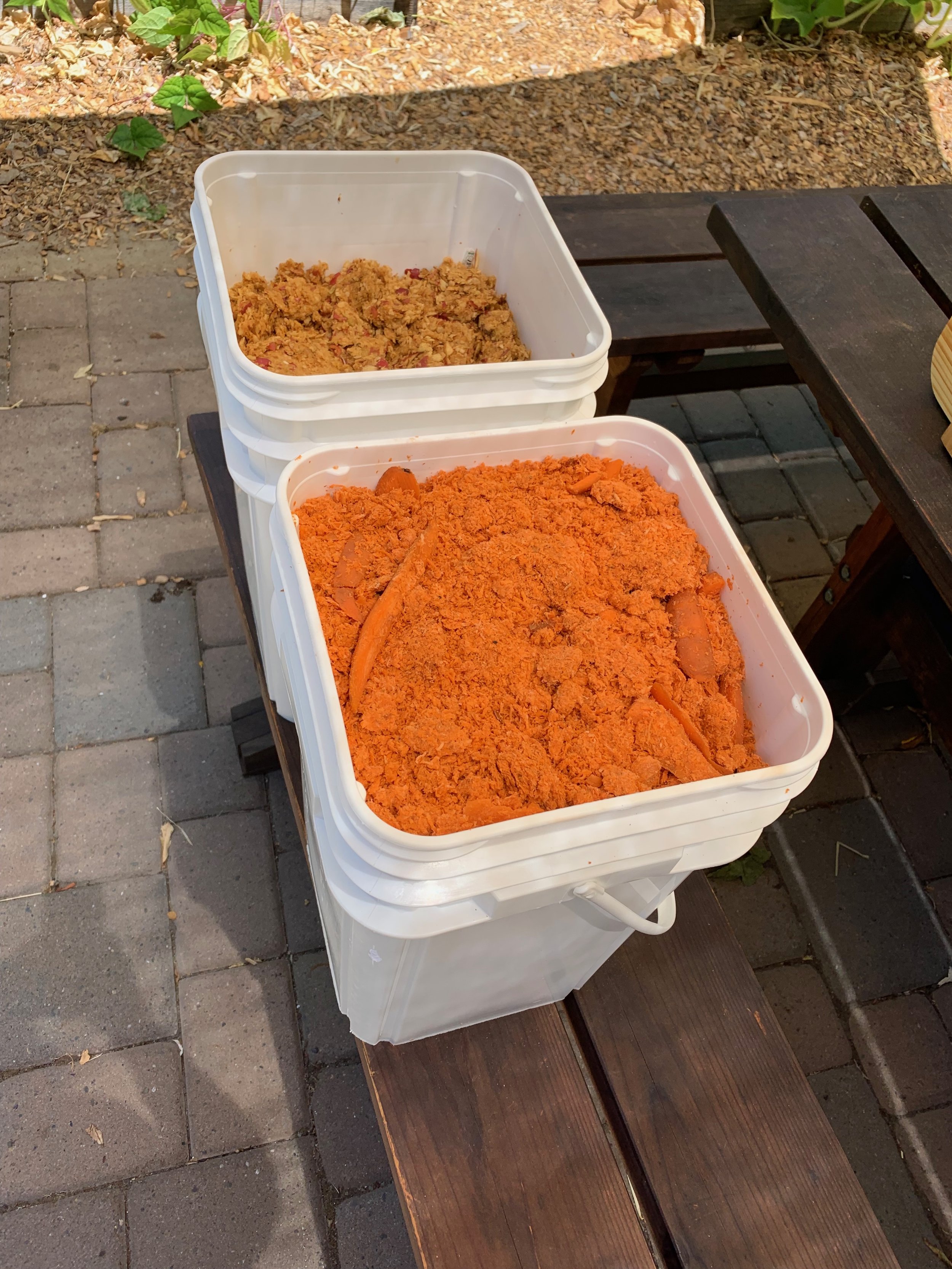The picture above was taken last August at the Yolo Bypass - an event that I wrote about at the time and can be accessed HERE. I love bats and have always wished to have them in our garden. The likelihood is that they already are, but last night we had proof: For about ten minutes, around 8:30 pm, I watched a single bat fly around the North side of our garden.
First, the behavior: The bat flew quite low, about 8 feet off the ground (sometimes higher) in a roughly circular pattern over this portion of the garden, dipping lower as it flew over the compost pile in the chicken’s run, and then higher as it flew over and around the plants and trees. It kept coming back to the compost pile, and all I could figure is that there were a lot of flying insects in that particular area. It dodged and changed patterns, swiftly and surely. At one point I could hear its wings beating, but of course I could never hear its chirps as they are in a register far above our hearing ability. What an absolute delight. Tom and I just could not get over it and were so happy to see that evidence of a healthy ecosystem.
Many years ago, Tom and Adam built a bat box to erect in the garden, but we never got around to putting it up. It has been sitting upright on the ground, against the fence, behind the quince tree, ever since. It would require a large pole; bats are notoriously fussy about boxes and they have to be positioned just right, it just always seemed too difficult to make it ideal for nesting (for a list of requirements, see this page). I’m regretting that now, and will begin again to figure this puzzle out. Meanwhile, where was this single bat nesting? We do have a highway overpass about a mile away, where we’ve seen swallows nesting for years. It’s near a not-quite-dry-in-summer creek, which is ideal for bats. We are also not far from a series of cliffs and rock walls in the Mt Diablo foothills. Bats can fly many miles to find good forage.
Wherever the bat is nesting, it is likely nesting in a colony, and they all leave the area at the same time each night. Then they each go their separate ways, looking for prey. I’ll have to remember to go down to the freeway overpass and see if there is a bat ‘exodus’ in the evening! Bats are also migratory, so they might only be nesting here in the summer months.
Photographing this single bat would prove difficult. First of all, it’s heavy dusk. Second of all, its flight pattern is so fast and erratic. It seemed quite small, which makes me think it was a Mexican free-tailed bat (Tadarida brasiliensis), but it could have also been a big brown bat (Eptesicus fuscus) or any one of the genus Myotis. I just do not know enough about bats to be able to ID it on the wing, in the dark.
You can be sure that tonight at the same time, I will be outside sharp-eyed, looking for the bat to return - maybe with friends. Do you have bats in your garden? Have you successfully installed a bat house? I’d love to hear about it. Meanwhile, for more information about Northern CA bats, please visit the Northern California Bat Rescue and Education website (you can also get info on the tours at the Yolo Bypass, like we attended last August - they are usually booked ahead of time so plan ahead) and also see this interesting article in Bay Nature, written by one of my Horticulture classmates! Also, the following video from Growing a Greener World (PBS) has some fabulous information.



















